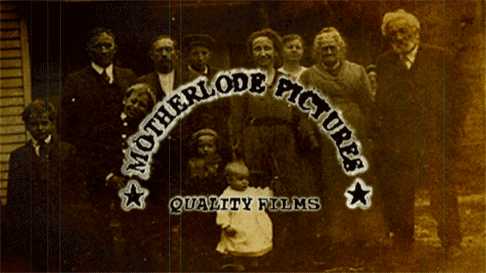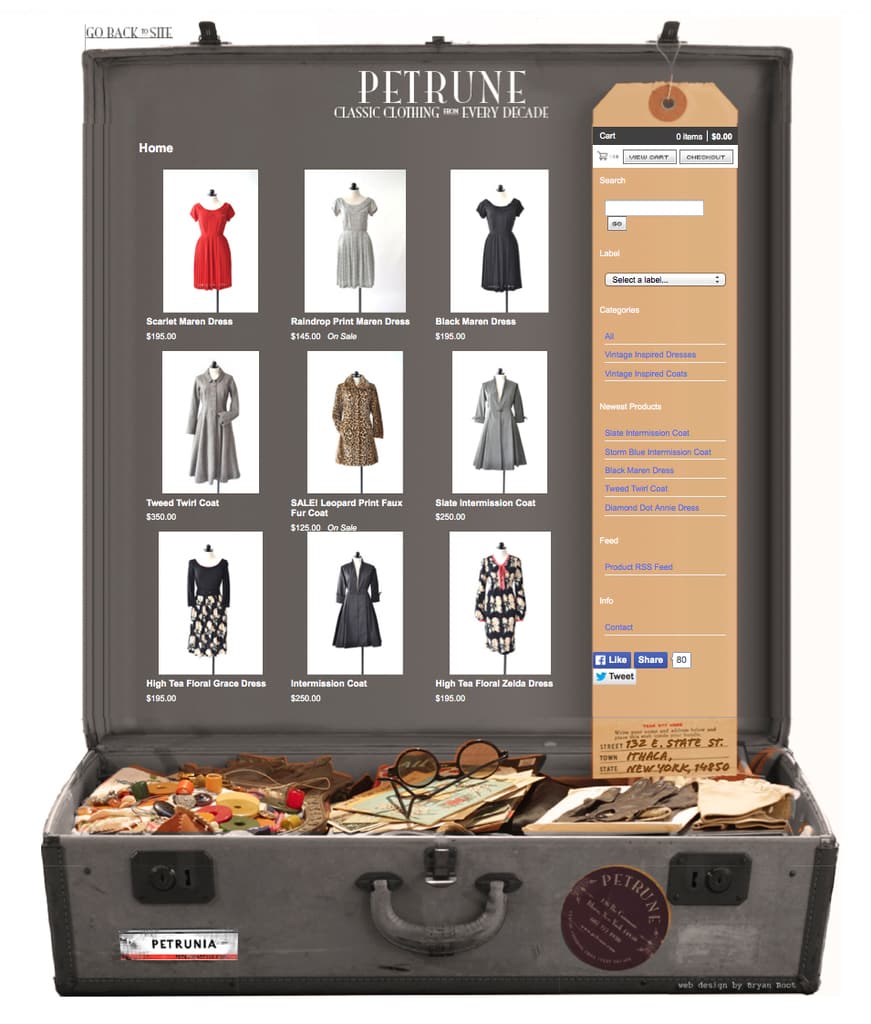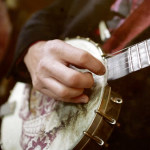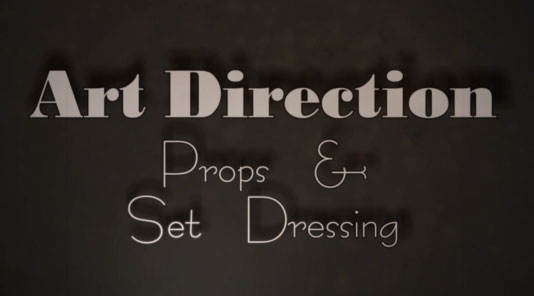Concepts are the visual ideas that give structure to design and help define your brand. It’s more than just a logo. It’s your story. It’s the detail about you or your company that all your design decisions will be based on.

The concept for my company, for example, is that the family posed in front of their home (my actual ancestors) are the propietors. It’s an idea that resonates with me personally because I made my first successful film, Wishing Well, on an optical printer I built from equipment my grandfather left me along with a box of old home movies.
The concept started to evolve when I saw this picture in a shoebox at my grandmother’s house. Now my fonts, my textures, my visuals, and even my vocabulary is based on the time period of this picture.
I no longer have to ask myself “how does this leaf and berry flourish on my business card express who I am and what my business is all about.” I just ask, “what would They do?”

The concept for the petrune commerce site came out of an afternoon’s wandering around their store. The next day I collected all the materials and shot the backgrounds.
This is a Blu-ray menu for my film, Dirty Habit, which is about a nun and crack-addict getting stuck on an elevator together.
Finding a story that resonates is not easy, but it’s worth it. Because once we know and love our concept, all the design decisions practically make themselves.
When you hire me to make a film for you I can throw some concepts out and see what what sticks. If you’ve put your heart and soul and your kid’s college fund into your business venture, don’t scrimp on this step.
It’s the difference between a brick house and pile of straw.
Related Images:





























